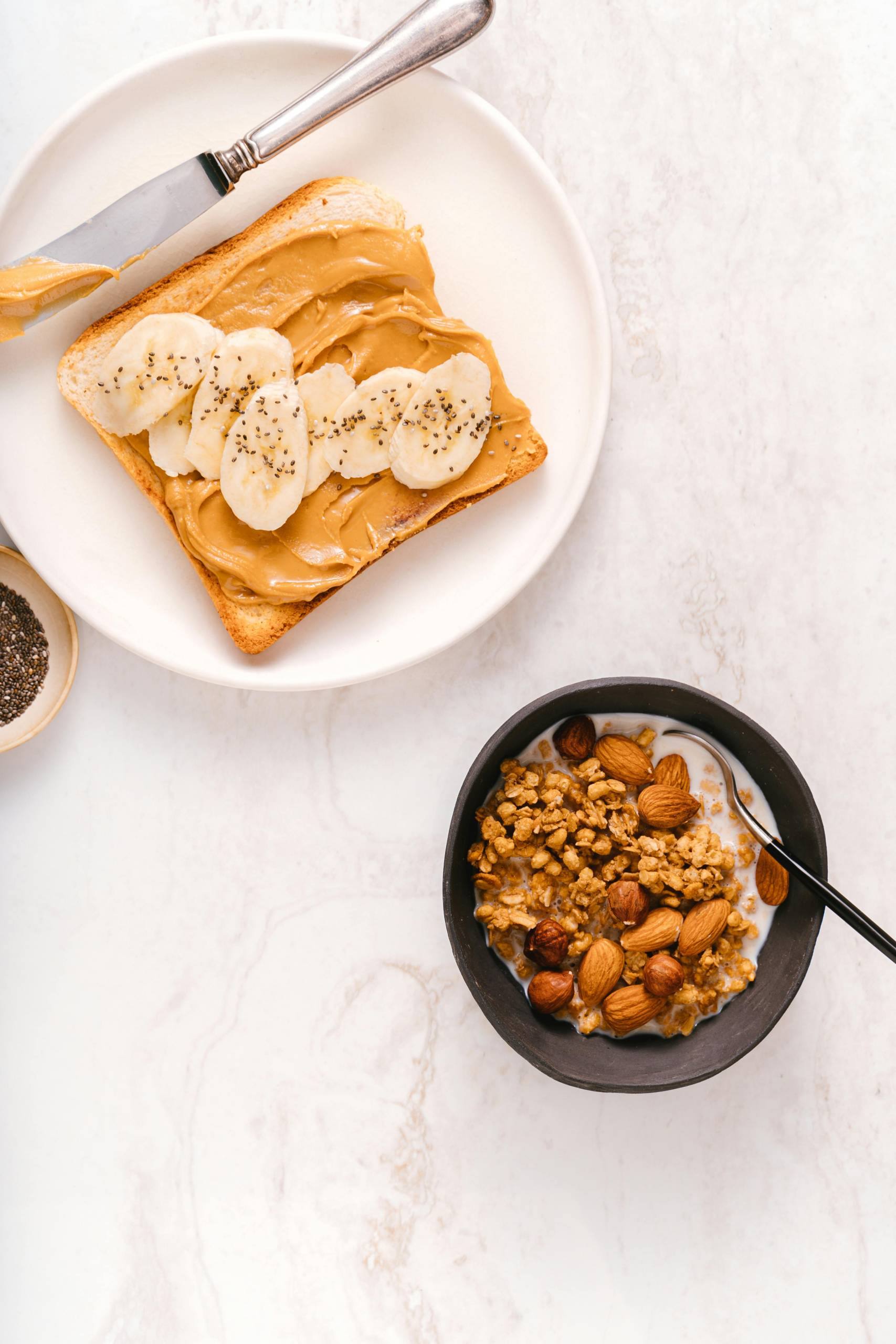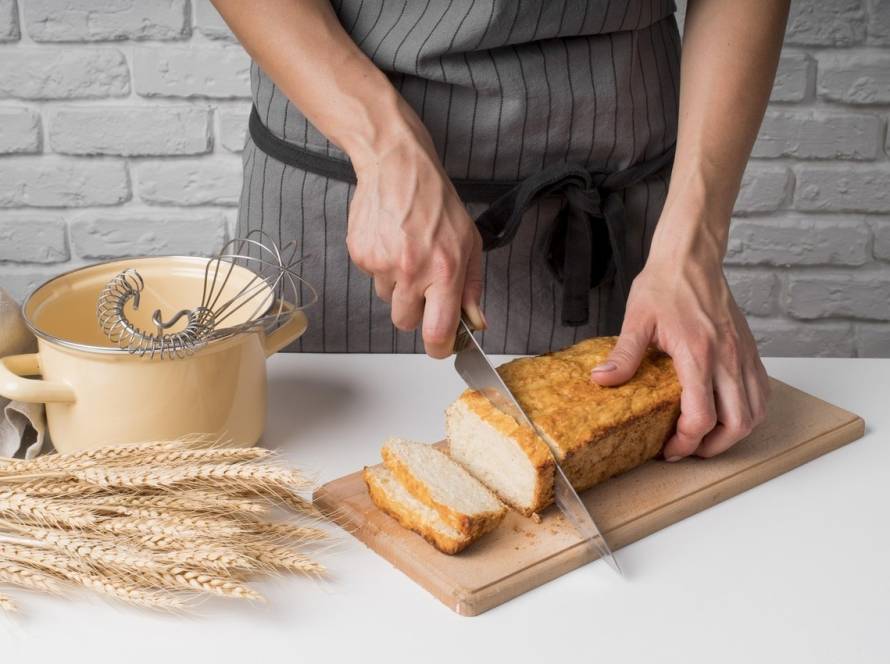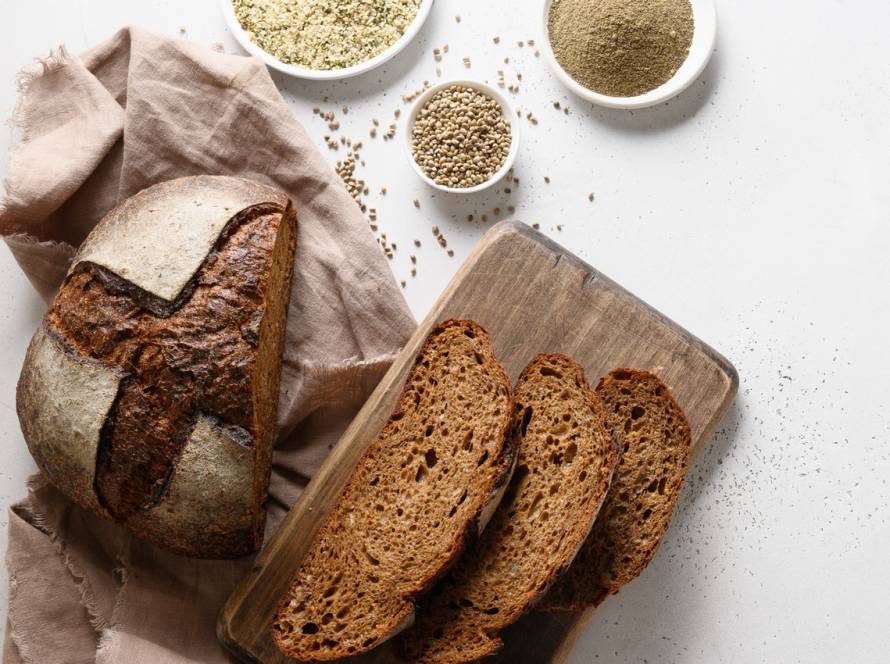Gluten-Free Pasta: A Tasty & Healthy Alternative
Have you ever dreamed of making pasta from scratch but thought it was impossible on a gluten-free diet? Good news — homemade gluten-free pasta is not only possible, it’s also delicious and surprisingly simple. Whether you’re living with celiac disease, have a gluten intolerance, or just prefer wheat-free cooking, this guide will walk you through every step of making fresh, tender pasta right in your own kitchen.
What is Gluten-Free Pasta?
Gluten-free pasta is a type of pasta made without wheat or other gluten-containing grains. Instead, it’s crafted from alternative ingredients like rice, corn, quinoa, lentils, or chickpeas, making it suitable for people with celiac disease or gluten sensitivity. Despite lacking traditional wheat flour, pasta with no gluten can closely mimic the texture and taste of regular pasta, especially when cooked properly. It’s a popular choice for those seeking a healthier or allergen-free diet, offering delicious versatility for a variety of dishes—from classic spaghetti to creamy penne.
Why Choose Homemade Gluten-Free Pasta?
Gluten-free living can often feel restrictive, especially when it comes to comfort foods like pasta. Store-bought alternatives often fall short in taste and texture. By making your own pasta without gluten, you control the ingredients and get a flavorful, satisfying result. It’s a game changer for anyone following a gluten-free lifestyle.
Plus, homemade pasta is incredibly rewarding. You’ll enjoy the process and can customize flavors to your liking. It’s a fantastic way to keep your gluten-free meals varied and exciting.
Top Benefits of Eating Gluten-Free Pasta
Pasta without gluten is more than just a dietary alternative—it offers a range of health benefits that make it a smart choice for many people, even beyond those with gluten intolerance. Whether you’re looking to improve digestion or explore cleaner ingredients, here’s why gluten-free pasta might be a great addition to your diet:
- Supports Digestive Health: Ideal for individuals with celiac disease or gluten sensitivity.
- Lower Inflammatory Response: May reduce bloating and inflammation for sensitive individuals.
- Rich in Nutrients: Often made with legumes or whole grains, adding protein and fiber.
- Naturally Allergen-Friendly: Many varieties are also dairy-free, soy-free, and vegan.
- Versatile and Tasty: Comes in various textures and flavors to suit all types of recipes.
Essential Ingredients for Homemade Gluten-Free Pasta
To replicate the elasticity and chewiness of traditional pasta, you’ll need a mix of alternative flours and binders. Here’s what you’ll need:
- Gluten-free flour blend: Look for one formulated specifically for pasta or baking, often made with rice flour, potato starch, and tapioca flour.
- Xanthan gum or psyllium husk: Key for binding the dough, replacing the structure gluten would normally provide.
- Eggs: Add richness and structure.
- Olive oil: Helps create a pliable dough.
- Salt: For flavor.
- Water: Adjust as needed for moisture.
Optional additions include finely ground herbs, garlic powder, or even spinach purée for flavored varieties.
Step-By-Step: Making Gluten-Free Pasta Dough
Now that we’ve gathered the ingredients, let’s walk through the pasta-making process.
1. Mix the Dry Ingredients
In a mixing bowl, combine:
- 2 cups gluten-free flour blend
- 1 tsp xanthan gum (if not included in your blend)
- 1/2 tsp salt
Whisk until evenly combined.
2. Add Wet Ingredients
Make a well in the center of the dry mixture and crack in:
- 2 large eggs
- 1 tbsp olive oil
Use a fork or your hands to gently mix the eggs into the flour. Add water 1 tsp at a time if the mixture is too dry.
3. Knead the Dough
Turn the dough onto a lightly floured surface and knead until smooth and pliable — about 4–6 minutes. Gluten-free dough won’t feel exactly like glutinous dough; it may be slightly tacky but should hold together well.
4. Let It Rest
Wrap the dough in plastic wrap and let it rest for at least 30 minutes at room temperature. This helps hydrate the flours and improves elasticity.
Rolling and Shaping Your Gluten-Free Pasta
After the dough has rested, it’s time to shape your noodles.
1. Divide and Roll
Divide the dough into 2–4 pieces. Using a rolling pin or pasta machine, flatten each portion into thin sheets about 1/8 inch thick. Use additional gluten-free flour to avoid sticking.
2. Cut into Your Desired Shape
You can cut your sheets into:
- Fettuccine: Wide, ribbon-like noodles.
- Tagliatelle: Similar to fettuccine, but slightly thinner.
- Pappardelle: Thick, broad pasta ribbons, great for hearty sauces.
- Lasagna sheets: No need to precook for baked lasagna dishes.
Use a sharp knife or pasta cutter for clean edges.
3. Dry or Cook Immediately
Let the noodles dry on a rack for 15–20 minutes. Then either cook right away or store them in an airtight container in the fridge for 1–2 days.
Cooking Your Homemade Gluten-Free Pasta
Cooking fresh healthy gluten-free pasta is fast and easy — usually only 2–4 minutes in boiling salted water. Keep an eye on it, as overcooking will make it mushy. Stir gently as it cooks to prevent clumping and sticking.
Tips for Success With Gluten-Free Pasta
Here are some extra hints to ensure a smooth and satisfying cooking experience:
- Flour your surface generously: The dough can be sticky.
- Don’t skip the resting time: It’s essential for structure.
- Use fresh ingredients: Particularly the eggs and flour.
- Trial and error pays off: Your first batch might need tweaking — that’s okay!
Flavor Variations and Serving Ideas
Pasta with no gluten is incredibly versatile. Once you’ve mastered the basic dough, try these fun variations:
1. Spinach Pasta
Add 2 tbsp of puréed spinach to your dough for color, nutrients, and flavor.
2. Herb-Infused Pasta
Mix in dried basil, oregano, or parsley for an Italian flair.
3. Tomato or Beet Pasta
Add a tablespoon of tomato paste or beet purée to create beautiful, vibrant noodles.
Pairing Your Pasta With Sauces
Your homemade noodles pair well with:
- Classic tomato or marinara sauces
- Garlic and olive oil with sautéed vegetables
- Creamy Alfredo or dairy-free alternatives
- Pesto made from basil or spinach
Feel free to experiment based on your dietary preferences or pantry availability.
How Gluten-Free Pasta Fits Into a Healthy Diet
Homemade pasta without gluten can be a nutritious addition to your diet when using wholesome ingredients. Some flour blends include brown rice, quinoa, or chickpea flour, which boost protein and fiber content. Just be mindful of portion sizes and pair your pasta with veggies and lean proteins for a balanced meal.
FAQs About Gluten-Free Pasta
Can I make gluten-free pasta vegan?
Yes! Replace eggs with flax eggs or a blend of water and olive oil. The texture will be slightly different but still delicious.
Can I freeze homemade gluten-free pasta?
Absolutely. Lay noodles flat on a tray to freeze, then transfer to a zip-top bag. Use within 2 months for best results.
Why is my dough too dry or sticky?
Gluten-free flours absorb moisture differently. Add water or more flour a teaspoon at a time as needed to adjust.
Helpful Resources for Gluten-Free Living
Making great gluten-free meals is easier with support and guidance. For more information, visit the Gluten Intolerance Group.
Conclusion
Homemade gluten free pasta is a fantastic and satisfying way to enjoy traditional Italian cuisine without sacrificing your health. With just a few simple ingredients and a bit of practice, you’ll be creating fresh, tender noodles from scratch in no time. Whether you’re hosting a dinner party or simply making a weekday meal, you’ll love having this celiac-friendly recipe in your repertoire.



